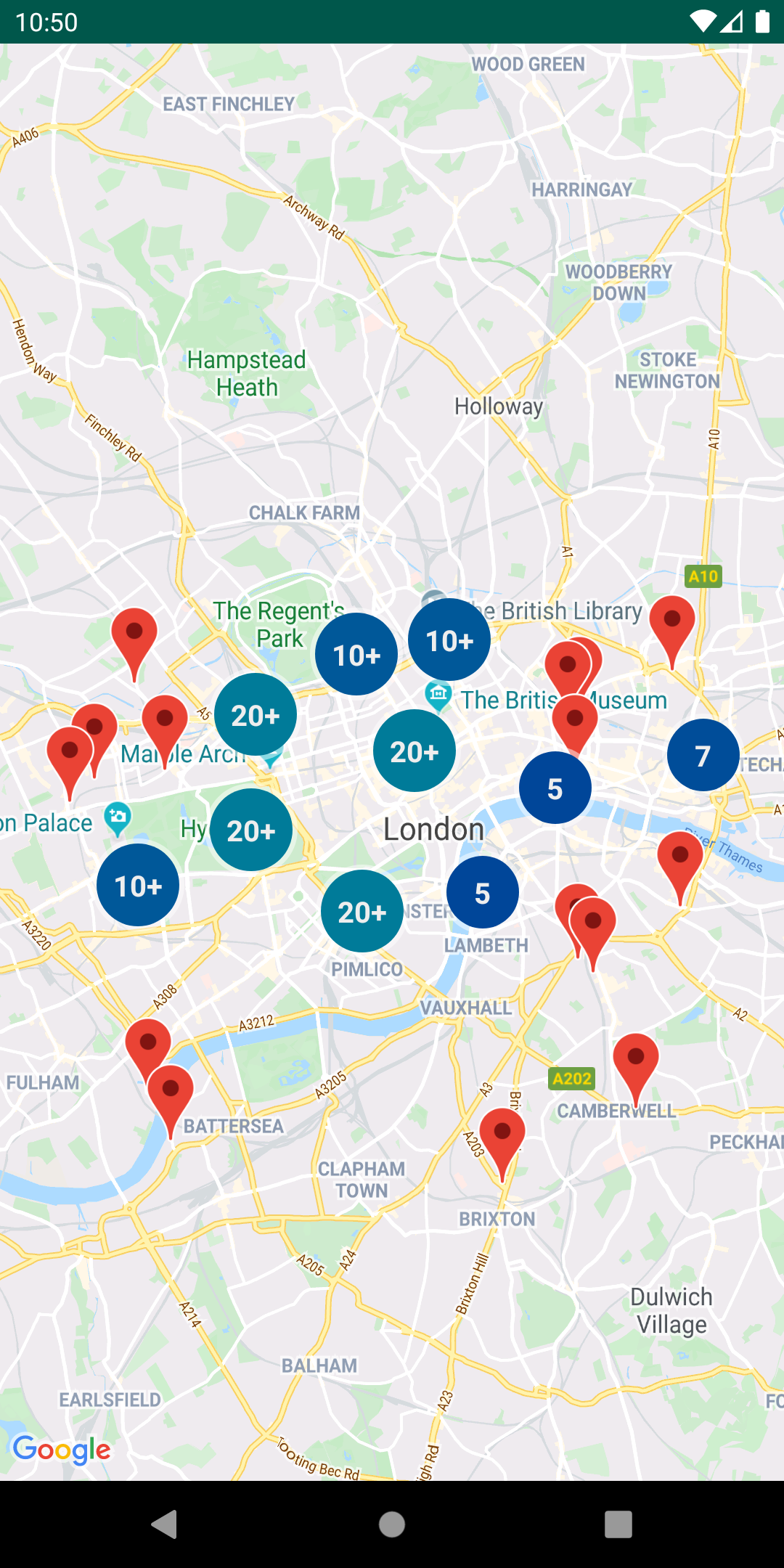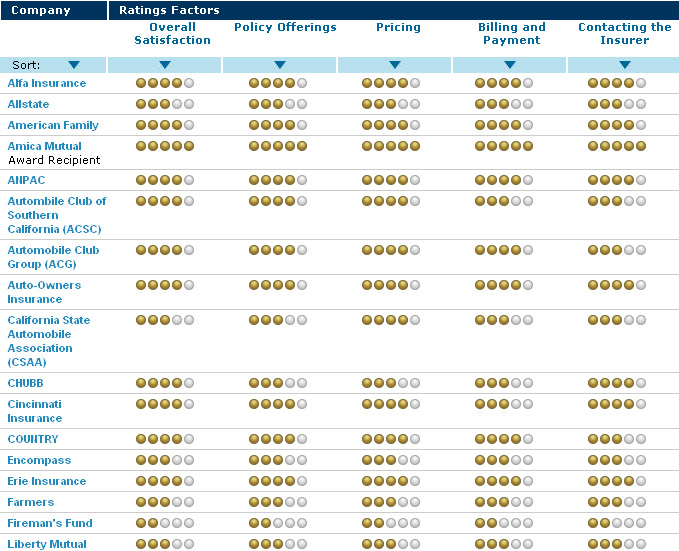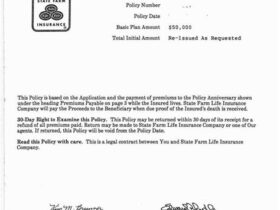Property and casualty (P&C) insurance is a broad category of insurance that protects individuals and businesses from financial losses resulting from damage to property or injuries to other people. Unlike life insurance, which focuses on mortality risk, P&C insurance addresses a wide range of potential perils. Understanding the different types of coverage available under P&C insurance is crucial for making informed decisions about protecting your assets and managing liabilities.
What Does Property Insurance Cover?
Property insurance protects your physical assets from various risks, including damage or loss due to fire, theft, vandalism, windstorms, and other covered perils. The specific coverage will vary depending on the policy and the type of property being insured. Common types of property insurance include:
Homeowners Insurance: This type of insurance provides coverage for your home, its contents, and liability protection if someone is injured on your property. It typically covers damage from events like fire, wind, hail, and theft. Homeowners insurance often includes coverage for detached structures like garages and sheds, as well as personal property inside the home.
Renters Insurance: If you rent an apartment or house, renters insurance protects your personal belongings from theft, fire, and other covered perils. It also provides liability coverage if someone is injured in your rented space. Renters insurance is generally affordable and essential for protecting your possessions.
Commercial Property Insurance: Businesses use commercial property insurance to protect their buildings, equipment, and inventory from damage or loss due to covered events. This type of insurance is crucial for businesses of all sizes, as it can help them recover from unexpected disasters.
Flood Insurance: Standard homeowners and renters insurance policies typically do not cover flood damage. If you live in an area prone to flooding, you’ll need a separate flood insurance policy to protect your property. The National Flood Insurance Program (NFIP) provides flood insurance in many communities across the United States.
Understanding Casualty Insurance

Casualty insurance, also known as liability insurance, protects you from financial losses if you are held legally responsible for causing injury or property damage to someone else. Common types of casualty insurance include:
Auto Insurance: This is perhaps the most well-known type of casualty insurance. Auto insurance provides coverage for bodily injury and property damage you cause to others in an accident. It can also cover your own medical expenses and damage to your vehicle, depending on the policy type. Most states require drivers to carry minimum levels of auto insurance.
There are three types of car insurance cover:
- Third-party: The minimum legal level of cover. This type of policy doesn’t cover your costs if you cause an accident but does cover compensation for any other parties involved.
- Third-party, fire, and theft: This type of policy also includes cover if your vehicle is stolen or damaged by fire.
- Comprehensive: This type of cover varies between companies, but always includes cover if you damage your vehicle in an accident. Some companies also offer courtesy cars and round-the-clock roadside assistance, including towing if needed.
General Liability Insurance: Businesses use general liability insurance to protect themselves from lawsuits arising from bodily injury or property damage caused by their operations. This type of insurance can cover things like slip-and-fall accidents on business premises, damage to a customer’s property, and advertising injuries.
Professional Liability Insurance (Errors and Omissions Insurance): This type of insurance protects professionals, such as doctors, lawyers, and architects, from lawsuits alleging negligence or errors in their professional services.
Workers’ Compensation Insurance: Businesses are typically required to carry workers’ compensation insurance to cover medical expenses and lost wages for employees who are injured on the job.
Factors Affecting P&C Insurance Premiums

Several factors can influence the cost of your property and casualty insurance premiums, including:
Location: Your geographic location can significantly impact premiums. Areas prone to natural disasters like hurricanes, floods, or wildfires typically have higher insurance rates.
Coverage Limits and Deductibles: Higher coverage limits and lower deductibles will generally result in higher premiums. Conversely, lower coverage limits and higher deductibles can lower your premiums but may leave you with more out-of-pocket expenses in the event of a claim.
Claims History: If you have a history of making claims, your insurance premiums are likely to be higher. Insurers view frequent claims as an indicator of higher risk.
Credit Score: In many states, insurers use credit scores to assess risk. A lower credit score may result in higher premiums.
Type of Property: The type of property you are insuring (e.g., a single-family home, an apartment, a commercial building) will affect the premium. Factors like the age of the property, construction materials, and security features are also considered.
The Importance of Adequate Coverage

It is essential to have adequate property and casualty insurance coverage to protect yourself from significant financial losses. Underinsurance can leave you vulnerable to substantial out-of-pocket expenses if a covered event occurs.
When determining the appropriate level of coverage, consider the following:
Replacement Cost vs. Actual Cash Value: Replacement cost coverage pays to replace damaged or destroyed property with new items, while actual cash value coverage pays only the depreciated value of the property. Replacement cost coverage is generally more expensive but provides better protection.
Liability Limits: Make sure your liability coverage limits are high enough to protect your assets in the event of a lawsuit. Consider your net worth and potential future earnings when setting liability limits.
Policy Exclusions: Carefully review your policy to understand what is not covered. Consider purchasing additional coverage or endorsements to address specific risks that are excluded from your standard policy.
Navigating the US Insurance Market

The United States has a vast and competitive insurance market, offering a wide range of P&C insurance products from numerous providers. To find the best coverage for your needs, it’s important to:
Shop Around: Get quotes from multiple insurance companies to compare prices and coverage options.
Work with an Independent Agent: Independent insurance agents can provide unbiased advice and help you find the best policy from a variety of insurers.
Read Reviews and Ratings: Check online reviews and ratings to assess the reputation and customer service of different insurance companies.
Property and casualty insurance is a critical component of financial planning, providing protection against a wide range of potential risks. By understanding the different types of coverage available and carefully evaluating your needs, you can make informed decisions to protect your assets and manage your liabilities effectively.





Leave a Reply